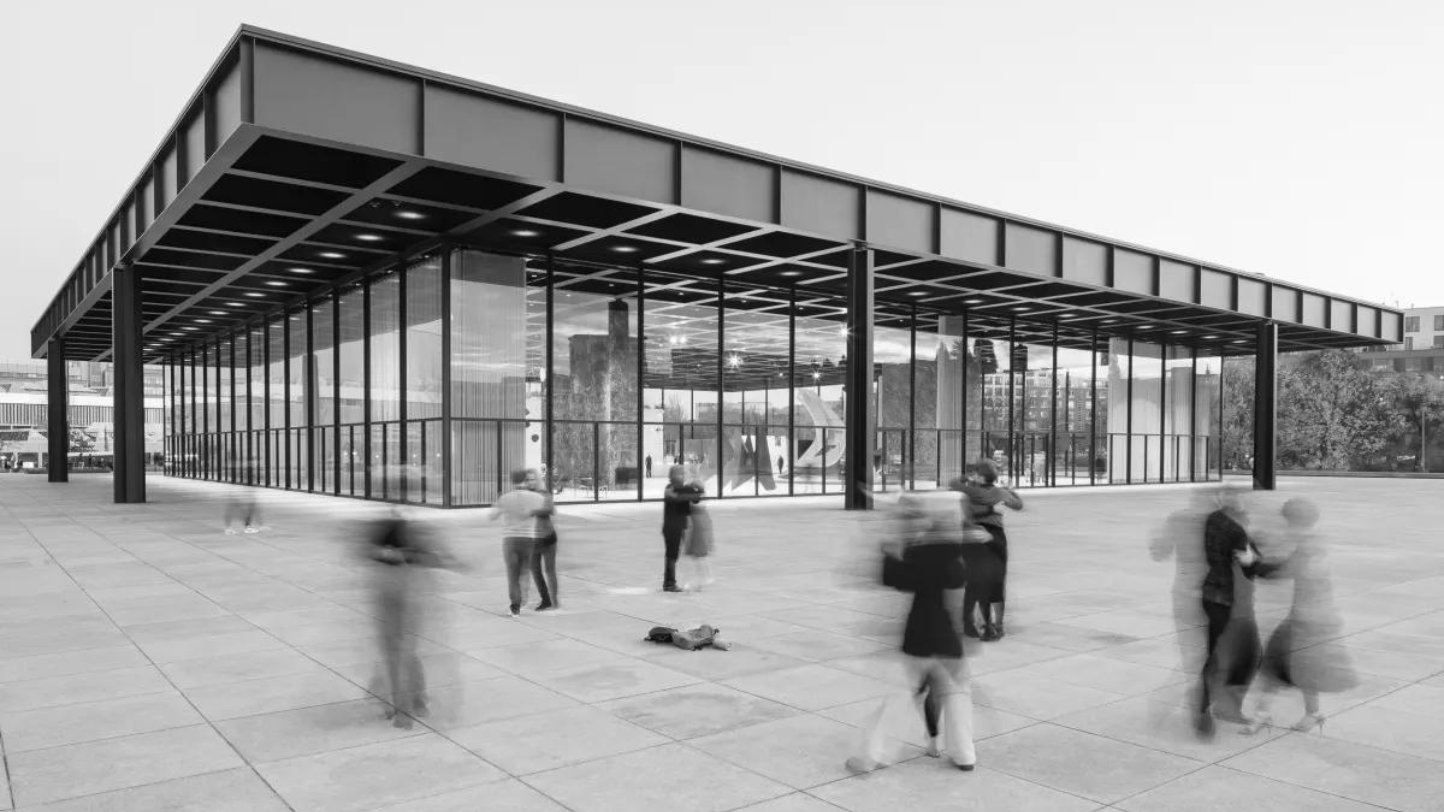
Architecture can define an era, thus reflecting the styles of the time. These famous architects, with their unmistakable style, left their mark all over the world. Explore these giants of the countryside with our guide and be sure to visit some of these iconic architectural gems in person if you have the chance. As incredible as these constructions look in the photos, nothing like seeing the works of famous architects up close. From the minimalist approach of Mies Van der Rohe to the ornate creations of Antoni Gaudí to the bright, wavy shapes of Frank Gehry, discover the most famous architects here.
1. Antoni Gaudí
Antoni Gaudí spent his entire career in Barcelona, where he built all of his projects, the most famous of which is the 1883 cathedral known as La Sagrada Familia, still under construction today. Their style was based on an ornate mix of Baroque, Gothic, Moorish and Victorian elements that often featured ornamental tiles and drew on shapes found in nature - an influence that can be seen in the tree-like columns that support the vast interior of his home, as well as the undulating façade of another of his famous creations, the apartment block known as Casa Milla (inspired by the multi-peaked mountain on the outskirts of Barcelona called Montserrat). Gaudí's work would have a tremendous impact on subsequent generations of modernists.

2. Frank Lloyd Wright
The Wisconsin native revolutionized 20th-century architecture. Inspired by the low-rise buildings that dotted the American plains, Wright created the Prairie House style as a reaction to the prevailing Victorian aesthetic, which emphasized dark decor and busy embellishments inside and out. Frank Lloyd Wright employed clean geometrics with an emphasis on horizontal planes. Its most famous building, Falling Water (a residence in Bear Run, PA, designed for Pittsburg department store magnate Edgar Kaufmann in 1935) features stacked rectangular porches that appear to float above nature as it merges into the home. Later in his career, Wright would adopt curvilinear elements, a shift that found its most celebrated expression in the Solomon R.

3. Mies Van der Rohe
Maintaining the famous proposition that “less is more”, the German architect Mies Van der Rohe stripped architecture of elementary geometric forms, pointing the way to minimalism. The German architect banished all traces of ornamentation, using the innate qualities of materials such as steel and glass to define the appearance of his buildings. This approach grew out of another creed - form equals function - adopted at the Bauhaus in Dessau, where he served as the last director before the Nazis closed it down. His designs emphasized rationalism and efficiency as the path to beauty, an approach exemplified by the Barcelona Pavilion, built to house Germany's exhibit for the 1929 International Exposition in Barcelona. The resulting masterpiece is equaled, perhaps, only by Mies's Seagram Tower in New York.

4. Eero Saarinen
During the post-war period, the linear philosophy of the Bauhaus evolved into the International Style, the preferred aesthetic for new business headquarters and government office buildings around the world. In essence, the modernist ideal of simplicity has become a form of corporate conformity, and it is against this backdrop that Eero Saarinen's mid-century designs served as a welcome corrective. In contrast to the patterned box adopted by the International Style, Saarinen employed curves that gave his architecture a sense of rising transcendence - especially in his 1962 JFK terminal for the now-defunct TWA airlines. Its gull-wing roof and ecstatic interior are still thrilling, but its sense of flying architecture is a Saarinen trademark, evident in other projects such as his 1947 design for St. Louis.

5. Richard Rogers
When the Pompidou Center opened in 1977, it was considered the epitome of a trend at the time known as High Tech and Structural Expressionism. British architect Richard Rogers was one of the style's leading advocates. This building, designed as Paris' central institution for modern and contemporary art, suggests a structure turned inside out, with its heating and plumbing systems used as a façade - which also features a glass-enclosed escalator ascending the height of the building. Rogers took a similar approach for another of his iconic buildings, Lloyd's London headquarters.

6. Frank Gehry
This West Coast architect is arguably the most famous in the world today, thanks to his 1997 design for the Guggenheim Museum branch in Bilbao, Spain. Although Gehry was already well established in his field as the author of undulating forms that seem to defy the gravity and logic of conventional building methods, the Guggenheim Bilbao remains the best example of the style he applied to numerous commissions, such as the Disney Hall in Los Angeles. and MIT's Stata Center in Cambridge MA. Coated in titanium, the Guggenheim Bilbao suggests a large ship moored along the Nervión River. The building is also credited with reviving the fortunes of its host city, the largest in the Basque Country.

7. Norman Foster
A fan of Frank Lloyd Wright, Ludwig Mies van der Rohe and Le Corbusier, British architect Norman Foster worked early in his career as an associate of Buckminster Fuller, the noted visionary and inventor of the geodesic dome. The latter's mosaic pattern of triangular shapes must have impressed the young Foster, as his most famous buildings feature similar surface treatments for their facades. Exhibition A: 30 St Mary Ax in London, also known as The Gerkin, a commercial skyscraper in London's financial district opened in 2004. Its pickle-shaped shape that tapers to a point has become an international icon, as synonymous with London as the Eiffel Tower in Paris.

